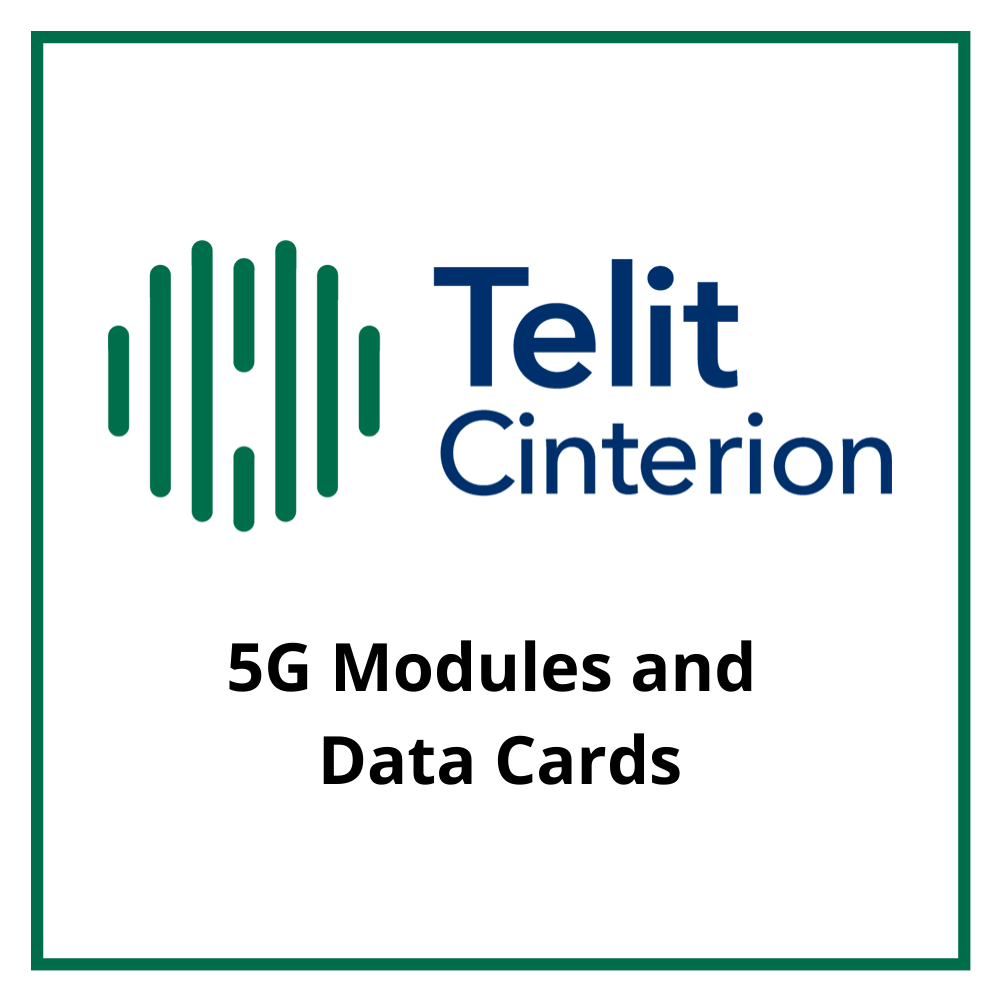MV31-EP Ultra High Speed IoT PCIe M.2 Modem Card
MV31-EP Ultra High Speed IoT PCIe M.2 Modem Card - Telit Centurion / 5G is backordered and will ship as soon as it is back in stock.
Click here to inquire about pricing or to become an authorized reseller of this product.
5G eMBB M.2 Modem Card with GNSS
Thales's Cinterion® MV31-W IoT modem card delivers incredible high- performance 5G enhanced Mobile Broadband (eMBB) for IoT applications such as industrial routers and gateways, digital signage, industrial computers, and tablets in both Stand Alone (SA) and None Stand Alone (NSA) modes.
The best-in-class solution has just been recognized with the 2020 IoT 5G Leadership Award and supports FR1 sub-6GHz and FR2 mmWave bands enabling blisteringly fast data speeds of 6 Gbit/s download and 2 Gbit/s uplink plus fall-back to LTE Cat.20/Cat.13 and 3G networks.
It provides excellent global coverage in both urban areas and regions where 5G is still emerging.
Compact, Rugged IoT Design
Housed in a compact 42mm x 30mm x 2.5mm M.2 form factor package with integral dual SIM support, the MV31-W is built for longevity and performance.
The optimized, ultra-rugged HW design enables smooth migration from 2G to 3G through LTE Advanced to 5G.
The device delivers advanced positioning technology with dual-frequency GNSS supporting GPS, Glonass, Beidou, and Galileo.
There's more.
A unique RF concept enables a single device for worldwide coverage, simplifying IoT solution design and logistics while lowering the Total Cost of Ownership (TCO).
Ultra High-Speed IoT Connectivity
The MV31-W is offered in a single global variant delivering connectivity for 5G, Advanced LTE DL-Cat.20, and UL-Cat.13, also supporting fall-back to 3G HSPA+ if needed.
The module supports 4x4 MIMO antenna connections shared with GNSS reception for sub-6GHz operation while providing interfaces for 3 x 2in1 IF antenna connectors for mmWave operation.
The MV31-W supports carrier aggregation, allowing Mobile Network Operators to combine two or more carriers into one data channel for enhanced data capacity, improved peak user performance, and optimized use of spectrum.


